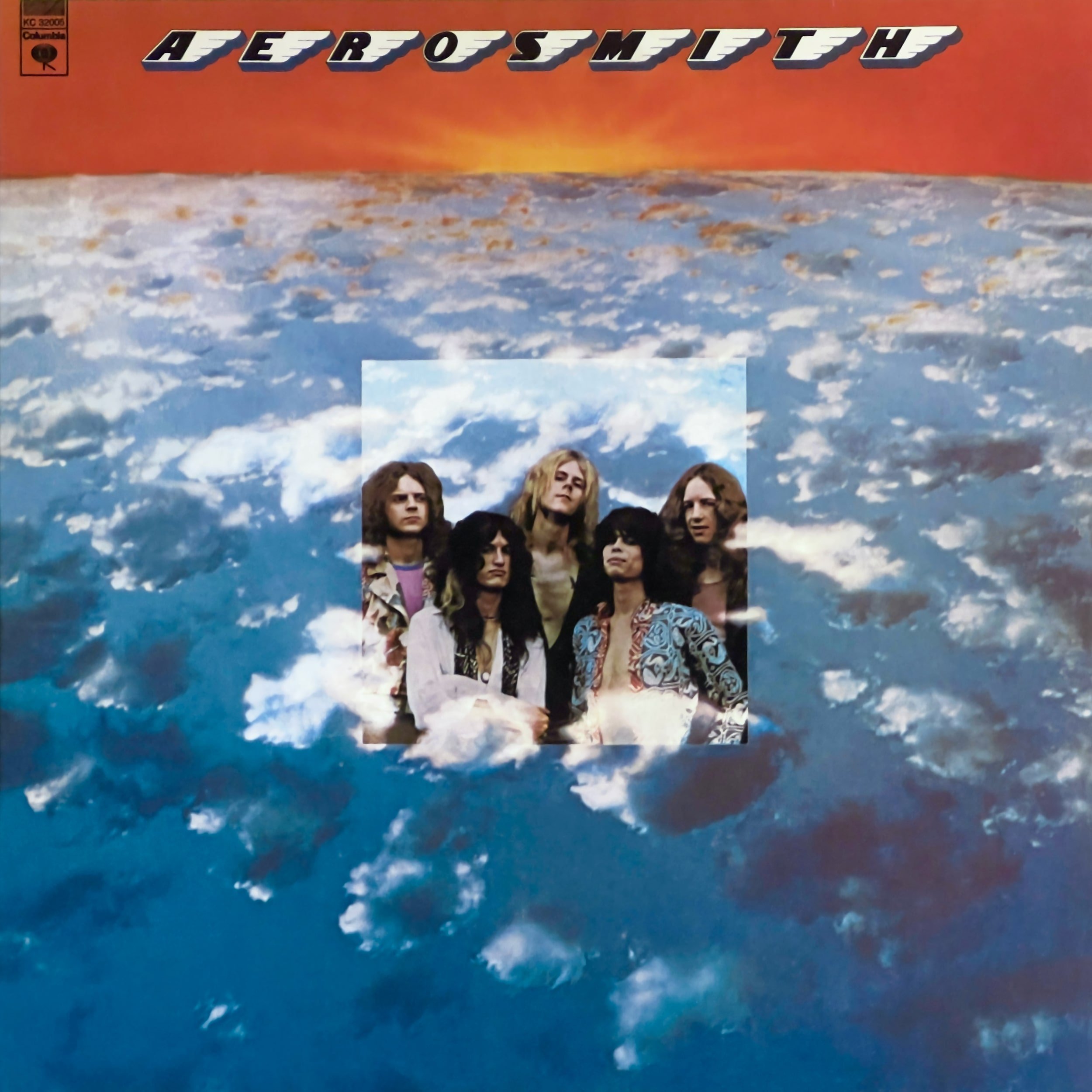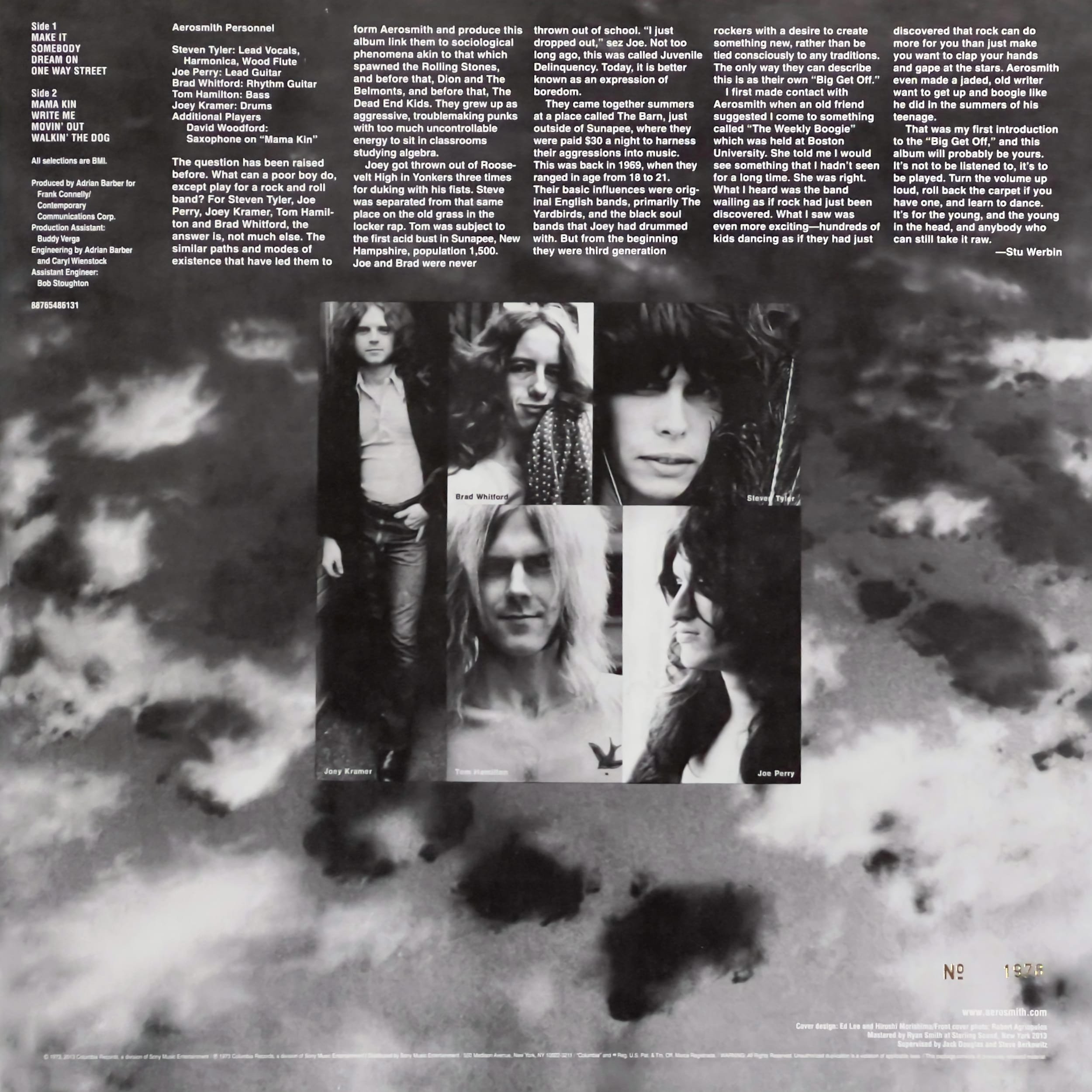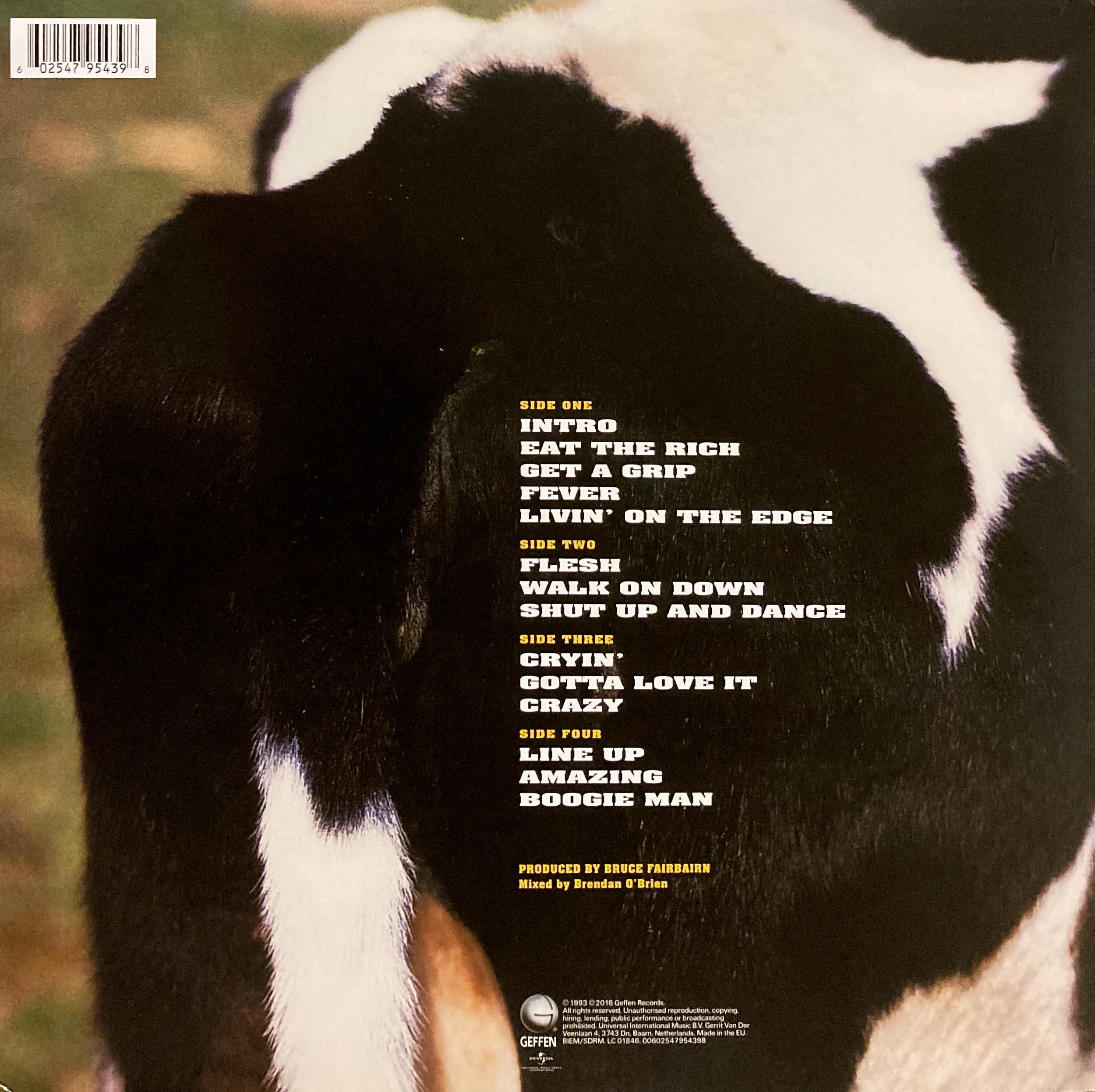Released in 1989, Aerosmith’s tenth studio album is amongst their tightest for its all killer with no filler; with the minor exception of a Hidden Track closing out the album. Teaming up again with producer Bruce Fairbairn, following the success of 1987’s Permanent Vacation, proved to be a wise decision as Pump would not only close the 80s out with a bang but, in retrospect, has stood the test of time whilst simultaneously becoming a timeless addition within the annals of hard rock and glam metal history.
With a blend of hard rock, blues, and ballads, Pump showcases Aerosmith's versatility. Of course, with impeccable production values, Aerosmith’s high-energy sound is captured, as is the essence of the band's 70s raw edge, while still appealing to the contemporary rock scene at the time. The album's sound is clean yet powerful, allowing each instrument to shine. As such, Joe Perry and Brad Whitford deliver exceptional guitar work, ranging from blistering solos to intricate riffs. Tom Hamilton's bass lines provide a solid foundation, while Joey Kramer's drumming drives the album's relentless energy. Steven Tyler's vocals are a highlight throughout, demonstrating his wide range and emotive power. His ability to convey both raw energy and deep emotion is a key component of the album's success and appeal to a broad audience.
That said, while the recording and mix of the album are top-notch, the mastering has been an issue throughout the years as there are very distinct differences between releases. For instance, the 2001 remaster boosted the volume across the entire album by crippling the album’s dynamic range. It gives it a punch-in-your-face approach, but you’ll be looking to turn the volume down before too long as it’s simply too fatiguing. The original releases were arguably perfect but as they are long out-of-print, the new music lover, uninterested in attainment via the secondhand market, will need to be content with current offerings.
While I was fortunate to have owned the 2013 vinyl picture disc release, the mastering on that particular edition is perfect and while the picture disc format always has an increased noise floor, you can only really hear it at the beginning of each side, before the music starts, and momentarily between tracks. While no mastering information was given for the picture disc release, Universal Music gave music lovers an admirable reissue that proves a well-mastered album is essential. Nevertheless, most people these days stream and for that purpose the Hi-Res Lossless Apple Digital Master is interesting.
Where the 2001 remaster is mastered too hot, the Apple Music streamed edition is a little too reserved. For instance, Aerosmith’s trademark cowbell positively rings through your soul on the 2001 remaster whereas it is somewhat lost in the soundstage on the streamed version. Some may suggest using tone controls to dial back the 2001 remaster but the fatigue is still present as the entire recording is brickwalled. Similarly, because of the mastering style, the shimmer of the high notes from the Apple Music stream is somewhat lost. Think of it this way, the Apple Digital Master is akin to what one may have heard had they turned on Dolby Noise Reduction in the Compact Cassette days as it reins in the treble range.
As to which release I prefer, I have to say that it’s the Apple Music stream for despite owning the 2001 remaster, that version is too fatiguing to thoroughly enjoy. Plus, it’s Aerosmith, you should want to turn the volume up, not down, and the Apple Music stream allows us rockers to do just that.
Young Lust opens the album with a high-octane tune full of raw energy that sets the tone with its driving guitars, rhythmic drumming, and bass performance as well as Steven Tyler's unmistakable vocal prowess.
F.I.N.E. as an acronym for “Fucked Up, Insecure, Neurotic, and Emotional” is bloody brilliant! The energetic pace, infectious riffs, and catchy chorus ensure that this playful number is not only a standout but an anthem-worthy tune.
Going Down / Love In An Elevator is one of the album's most famous tracks, combining a funky groove with rock sensibilities. The escapades in an elevator add a cheeky and memorable structure to the song's dynamic approach that keeps it engaging throughout. At its core, however, Love In An Elevator is a solid blues-based rock and roll tune that is a forerunner to Aerosmith’s Livin’ On The Edge from 1993’s Get A Grip.
Monkey On My Back is brilliantly distorted with gritty guitar work and a compellingly addictive rhythm that will see you head-bopping and toe-tapping throughout.
Water Song / Janie’s Got A Gun is an incredibly powerful song and another highlight from the album. Tyler’s vocals are particularly strong on this socially conscious tune that addresses issues of abuse and revenge. Perhaps the most appealing aspect of this song is that it can be appreciated for both its lyrical intent and musicality.
Dulcimer Stomp / The Other Side has an upbeat and infectious nature that’s hard to resist. The Dulcimer Stomp portion of the song provides the perfect segue into The Other Side; a song that is quintessentially, Aerosmith.
My Girl has a bluesy rock twist that, despite being modern, feels as though it could have been a 50s tune; one that would have set many a dance floor alight.
Don’t Get Mad, Get Even has one of the greatest didgeridoo performances, thanks to Randy Raine-Reusch, that has ever been recorded outside of the Indigenous Australian music scene. With a swaggering rhythm and sense of defiance, Don’t Get Mad, Get Even is a killer tune and is somewhat of a hidden gem for if you’re not familiar with Pump, you may have overlooked this masterpiece.
Hoodoo / Voodoo Medicine Man is a darker more experimental tune that features complex instrumentation and an eerie atmosphere. While it may very well shift the style of the album, especially as it applies to the introduction, the brooding intensity stands out as a unique element that envelops your soul and doesn’t let go until the final note.
What It Takes will appeal to fans who have been captivated by songs like I Don’t Want To Miss A Thing. Aerosmith's ability to blend emotional depth with rock balladry knows few peers and as a closing tune, it encourages me to play the album again. Plus, as it pertains to Aerosmith’s ballads, What It Takes is one of their best. One aspect, however, that I wish to lament about is Randy Raine-Reusch’s closing instrumental ‘Hidden Track’. I’ve never been a fan of hidden songs and while I’ve got used to hearing it on the back end of What It Takes, I simultaneously wouldn’t object to it being removed as I feel it detracts from an otherwise exceptional song and album.
Overall, Pump stands as one of Aerosmith's defining albums, representing a peak in their late 80s and early 90s career resurgence. Its blend of hard rock, blues, and ballads, combined with a polished production and memorable songwriting, make it a highlight in the band's discography. It is most certainly one of their very best.

























